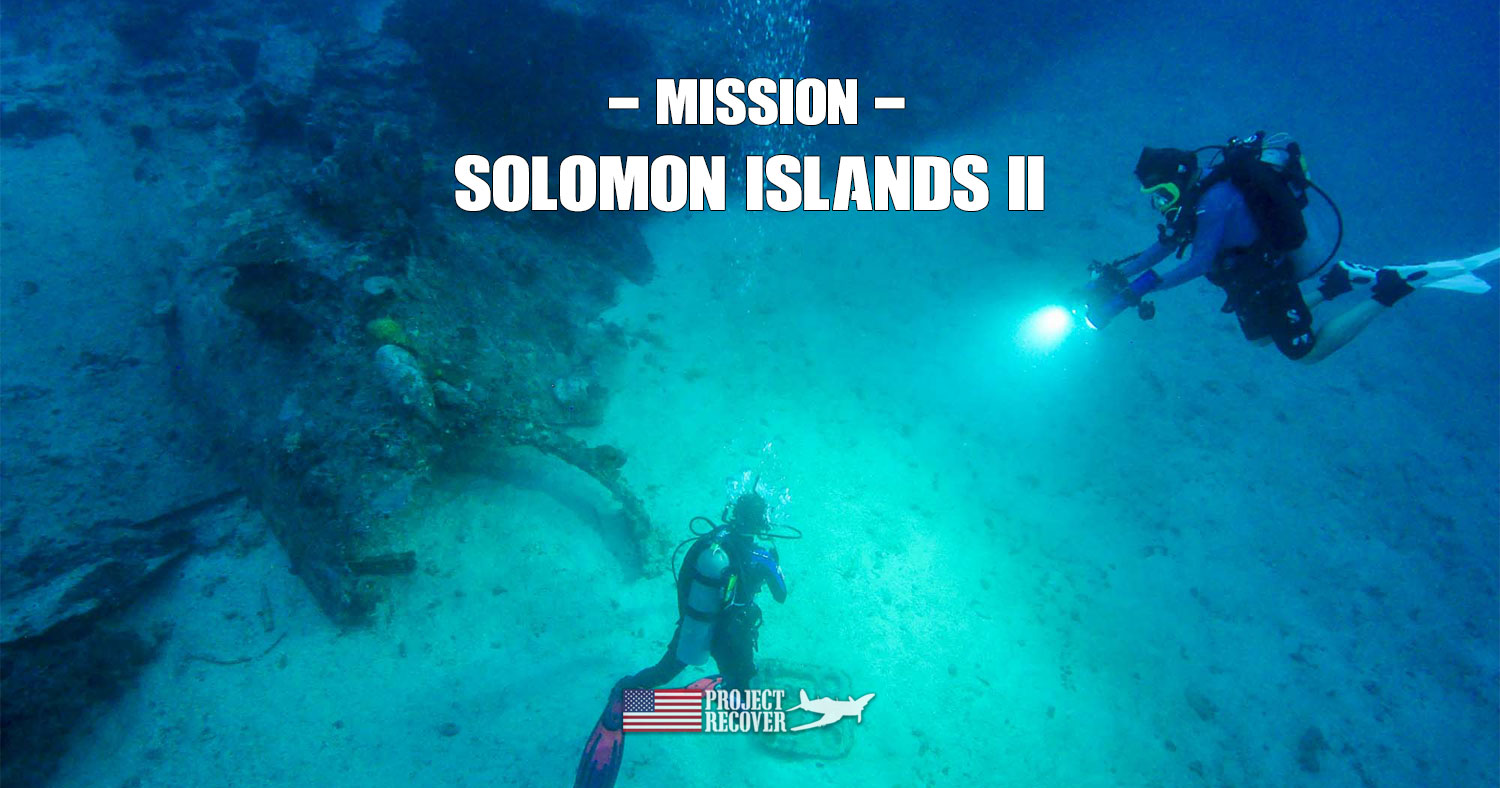
Scuba Diving MIA Crash Sites
Solomon Islands, South Pacific: scuba diving MIA crash sites is the primary method used to determine a site’s viability for recovery of MIA remains. It takes hundreds of desk hours buried in research and logistical details before we can get into the field, and one step closer to potential MIA recoveries.
Team members included Dan O’Brien (team leader), Derek Abbey (sonar assist), Megan Lickliter-Mundon (archaeologist), Charlie Brown (camera assist), Jeff Lynett (sonar), Ewan Stevenson (Solomon research specialist and guide), Tony Burgess (archaeologist assist), and myself, Harry Parker (photographer.)
This post is Part 2 in a 3-part series of scuba diving MIA crash sites. It provides a glimpse of what a mission is like. Although we love sharing our missions with our followers, some of the information from our missions is withheld in order to protect the families and the sites.
Read Post 1 – Solomon Islands MIAs
Solomons MIA Mission
This mission is part search, part documentation. Our focus is to survey, document, and report on the current site and its viability for MIA recoveries. When we are done a final report is made and all info is turned over to DPAA. The final decision to recover a site is up to the Defense POW/MIA Accounting Agency (DPAA).
This area of the Solomons is steeped in WWII history. It was home to fierce battles, and there are many downed aircraft. Each is hallowed ground as a final resting place for its pilot and crew.
The ‘target of interest’ is a known aircraft crash site in 100 feet of water with multiple MIAs associated with it. There are also three more possible MIA targets to explore nearby if time permits. We focus on one site at a time. It is our best option for success.
Liveaboard Scuba Diving onboard Taka
Usually, scuba diving MIA crash sites requires maximum effort moving equipment daily from living quarters to boat, to site, and back again. This trip is short and our time limited. To get the most out of our efforts, we hired a liveaboard boat with crew. They took care of all the day-to-day details and allowed the team to truly focus on scuba diving MIA crash sites. It is a godsend to dive in, go to work, return, and have everything set up for the next dive. We can eat, shower, and sleep on location. This gives team members time to debrief, review, and plan for the following day.
Our vessel was called “Taka.” It was a well-maintained craft with an outgoing, happy and seasoned crew. Many of us had never experienced a liveaboard situation before. It was an amazing experience. The benefit of having a crew as dedicated to your mission’s success as you are can’t be overstated. Everyone felt extremely fortunate to have the level of service Taka extended to us, especially in the middle of the Pacific Ocean.
Commitment to safety
Scuba diving MIA crash sites are working dives, and commitment to safety is a priority. We split team members into three dive teams. The dive teams rotated their entry times, each making two dives a day. Every team included a dive buddy whose job is to watch over the working diver in all regards, including the air supply, bottom times, and emergencies.
There were mandatory pre-dive checklists and after dive quiet periods. Solid mission plans were required before every dive. Rushing was not allowed. Calling off a dive, if safety was questionable, was a part of the process.
The Dives
We had five days of scuba diving MIA crash sites with two dives a day to complete the site documentation and find the missing aircraft piece.
Our main mission was to document the known wreck. The sonar team, Derek and Jeff, used underwater sonar to look for the potential additional debris from the aircraft. Then the camera team, Charlie and I, went. We dove directly on the wreck. We needed optimal water clarity for filming and creating 3D Modeling of the wreck. Finally, our archeology team, Megan, Tony, and Ewan, dove into further document the entire site.
Having Fun Scuba Diving MIA Crash Sites
The days started at sunrise and ended with sunset. Although each dive was a committed work dive, every dive was fun. It was great to be a part of a team environment. As a photographer and videographer, I often work alone. On the mission to find Solomon Islands MIA’s, it was awesome to work as a team and know someone equally vested in the dive, mission, and outcome was watching my back.
We collaborated strategically using our surface time for debriefing the last dive, reviewing sonar images and video, and planning the next dive. Most dives maxed out with 30 minutes total bottom time. Every second counted. We planned and reviewed, celebrated successes, and weathered failures together.
The team, regardless of the place and time, is bonded by a commitment to the families and the MIAs themselves. Their sacrifices keep us on track.
Flag Ceremony:
The team’s ultimate goal is to bring MIAs home to their families. Whenever we find an MIA crash site for the first time, we hold a flag ceremony. It is held for the families in honor of MIAs on board. These flag ceremonies are recorded, and the flags are carefully folded and held until the next of kin is notified by DPAA. When the time comes, the flags and recordings including footage and documentation of the site are given to the families.
Summary: Scuba diving MIA crash sites
This is the nuts and bolts of any mission and the Solomon Islands mission is a great example. Two weeks, tons of gear, too many days spent on travel, limited time on site, focused efforts, and a flag ceremony wrap the package of this Project Recover operation.
As mostly volunteers, this is a true commitment to recovery and closure. Our next post will reveal some of the day-to-day details of our mission to the Solomon Islands.
Interested? Learn how to find your families MIA is a great article to get started. Stay tuned for Post 3 as we share the details Scuba diving MIA crash sites in the Solomon Islands.
Feel free to leave comments or suggestions below.
Thanks for reading!
Harry Parker, Photographer
Read other posts about Project Recover’s 2018 MIA Search in the Solomon Islands:
- June 2018 – Post 1 – Team Heads Out to Find Solomon Islands MIAs
- June 2018 – Post 3 – The Solomons MIA Search Mission – What Happened
Read posts related to Project Recover’s MIA Search in Palau
- June 2017 – Charlie Brown – Mission to Find the MIA and Executed
- June 2017 – Glenn Frano – Searching for Executed WWII MIA and Innocents in Palau
- June 2017 – Derek Abbey – Palau WWII POW search
- July 2018 – Glenn Frano – Execution of WWII POWs and Innocents in Palau


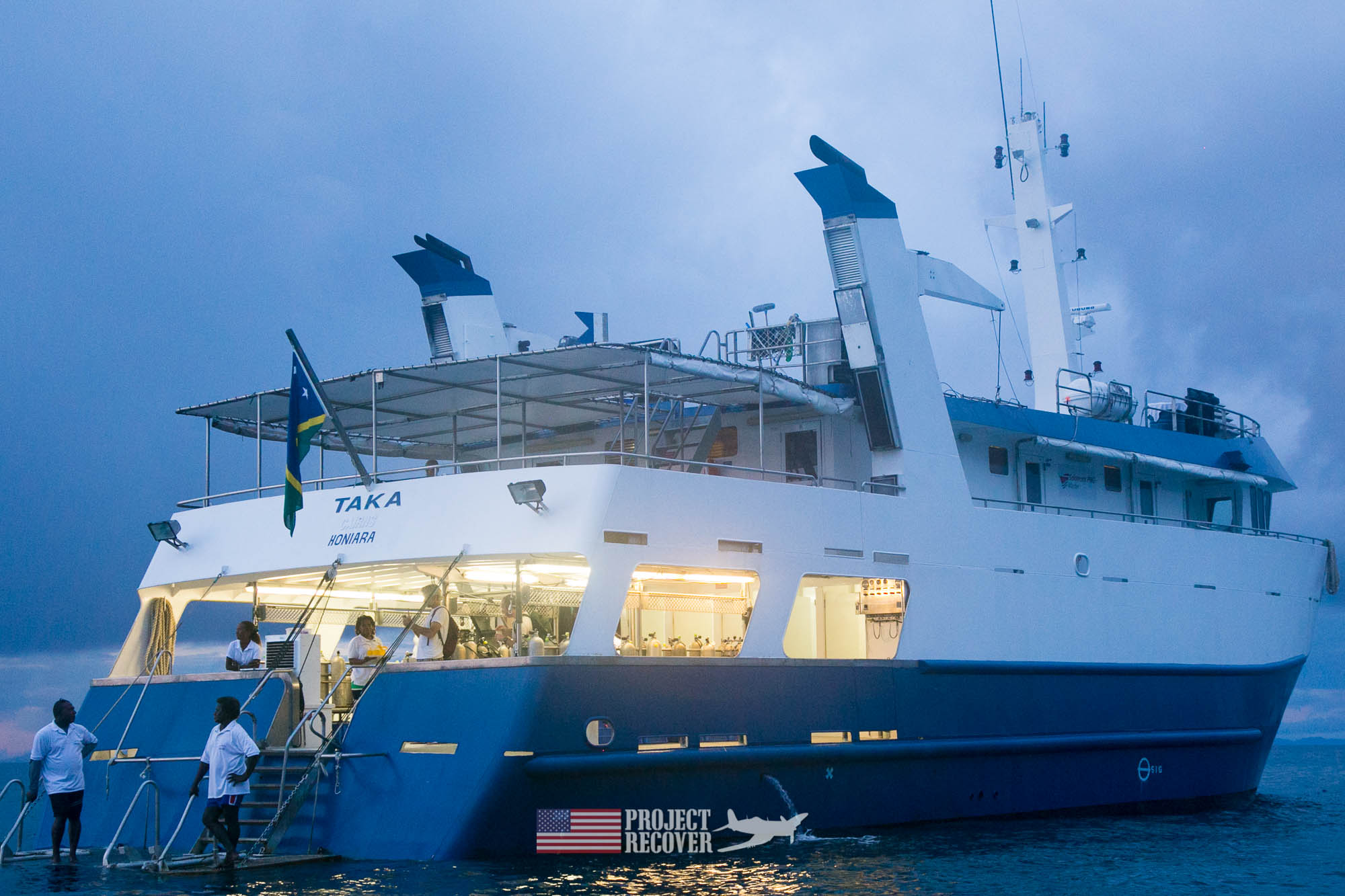
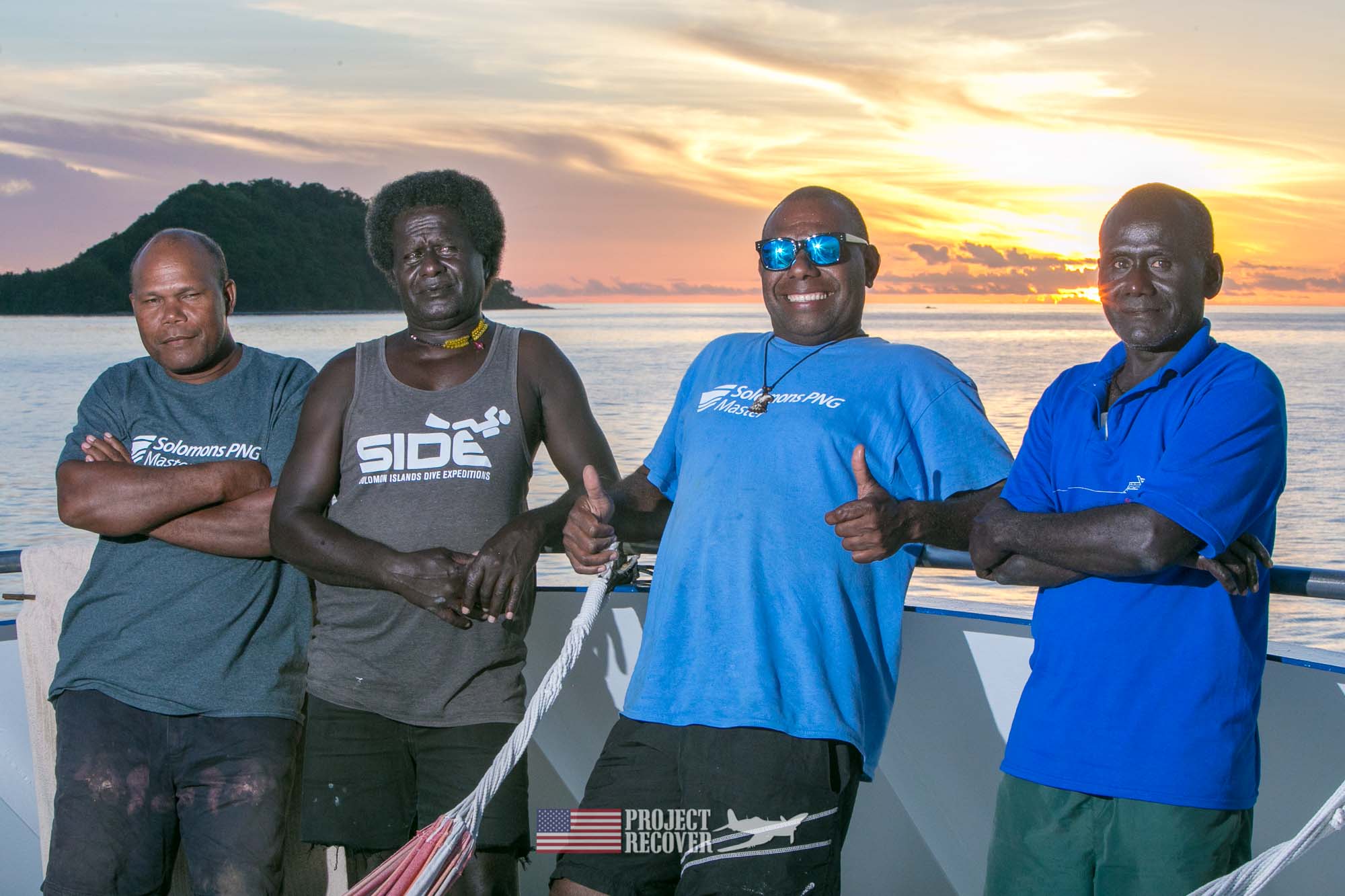
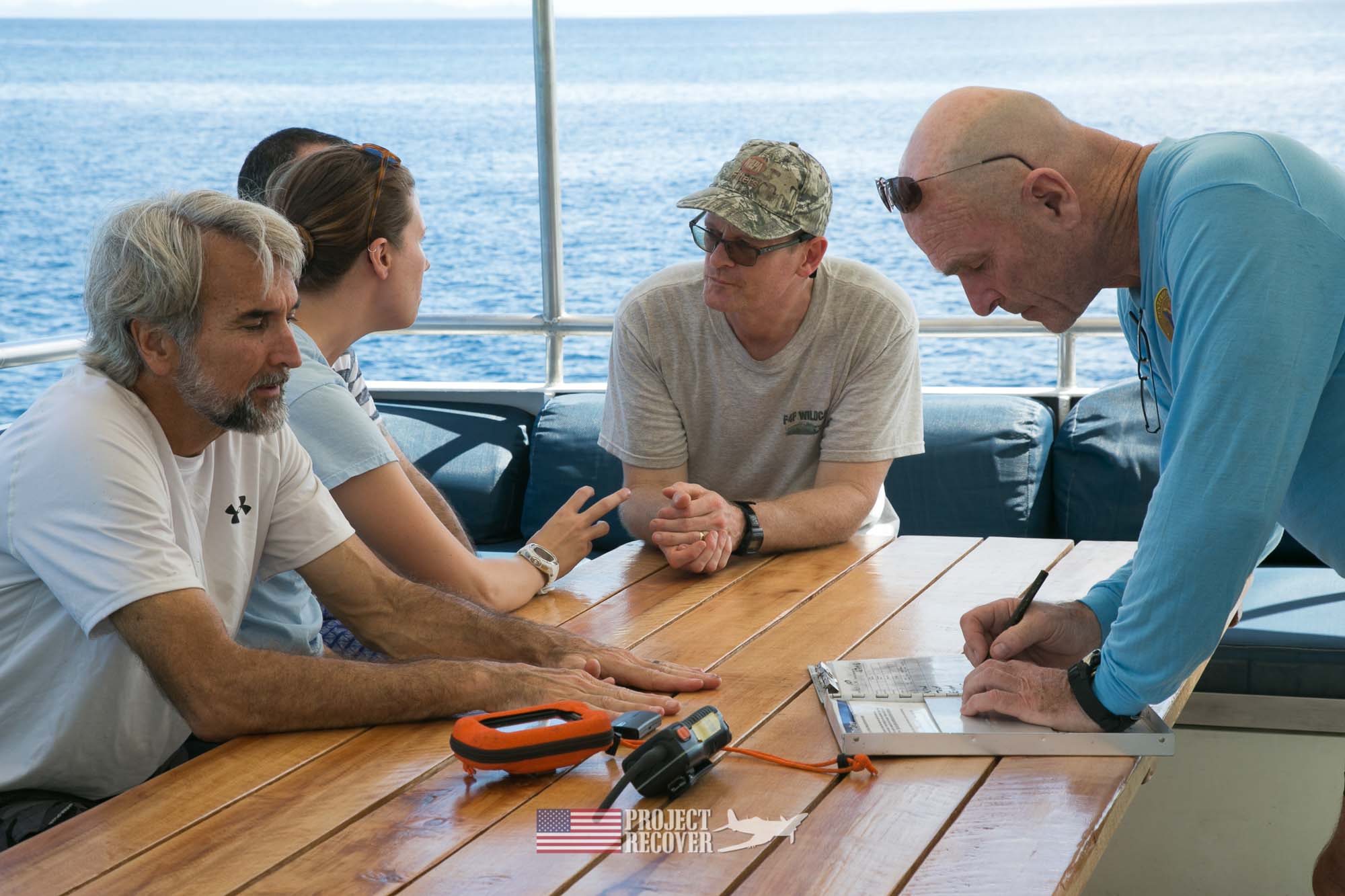
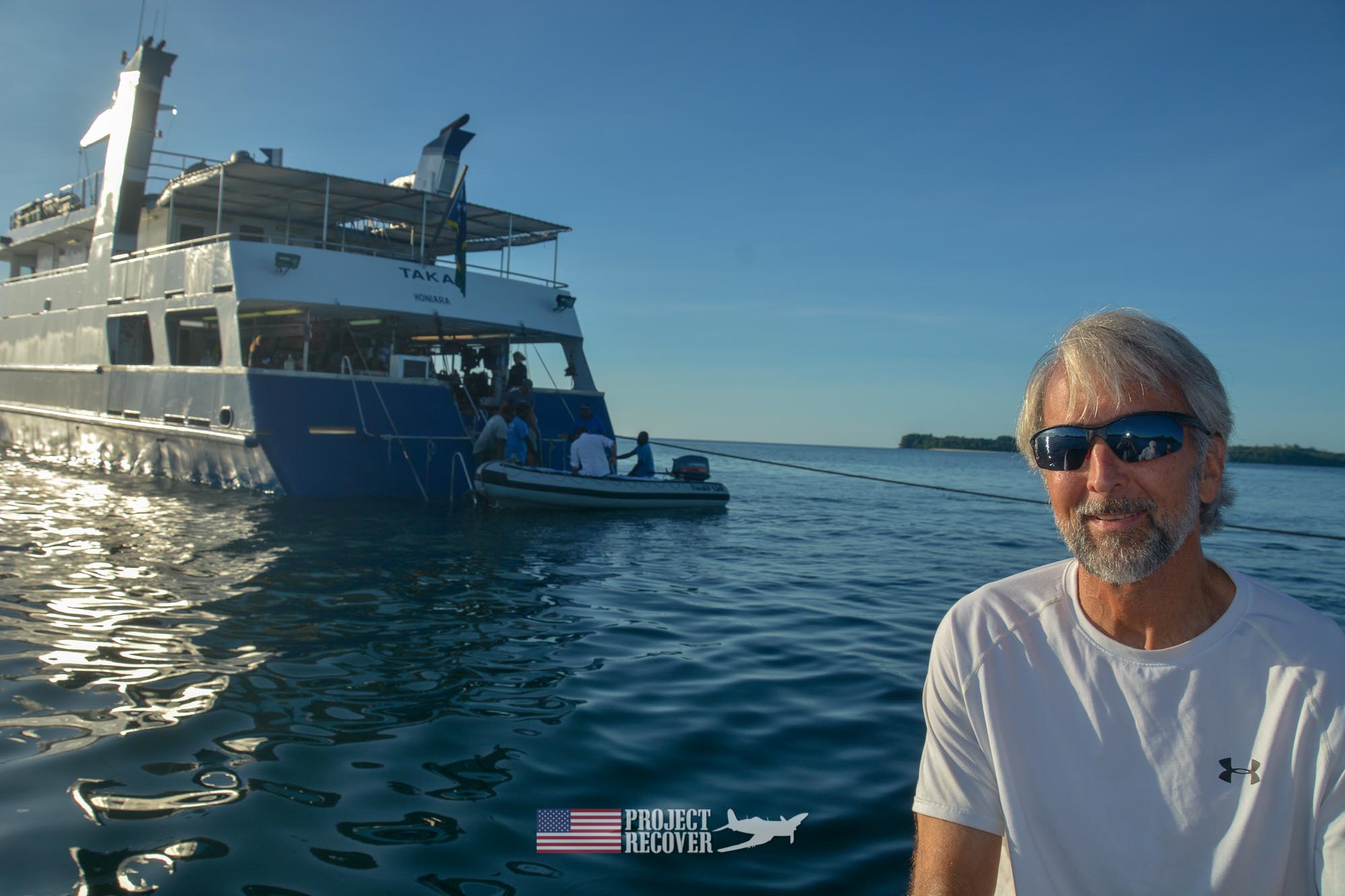
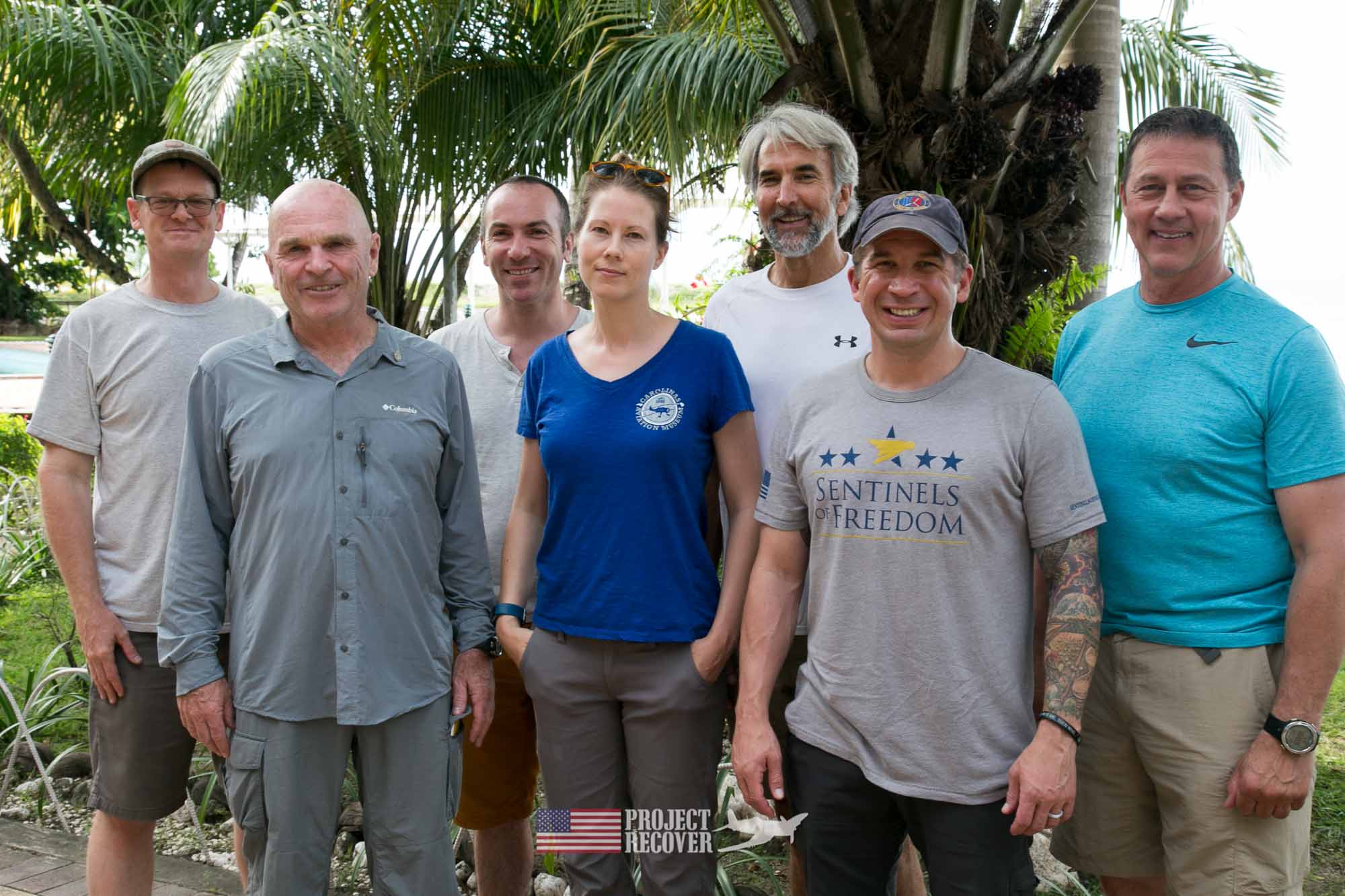
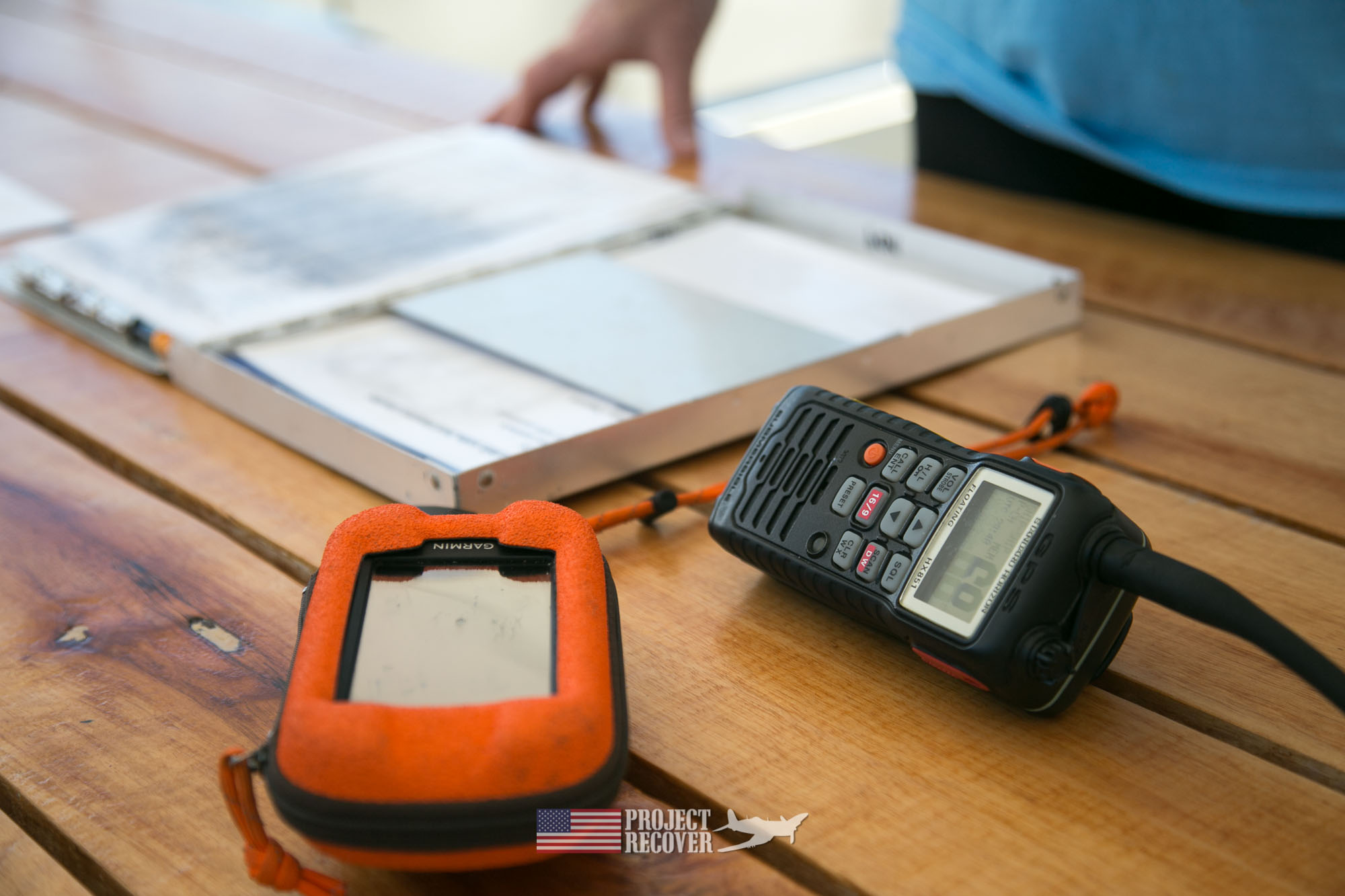
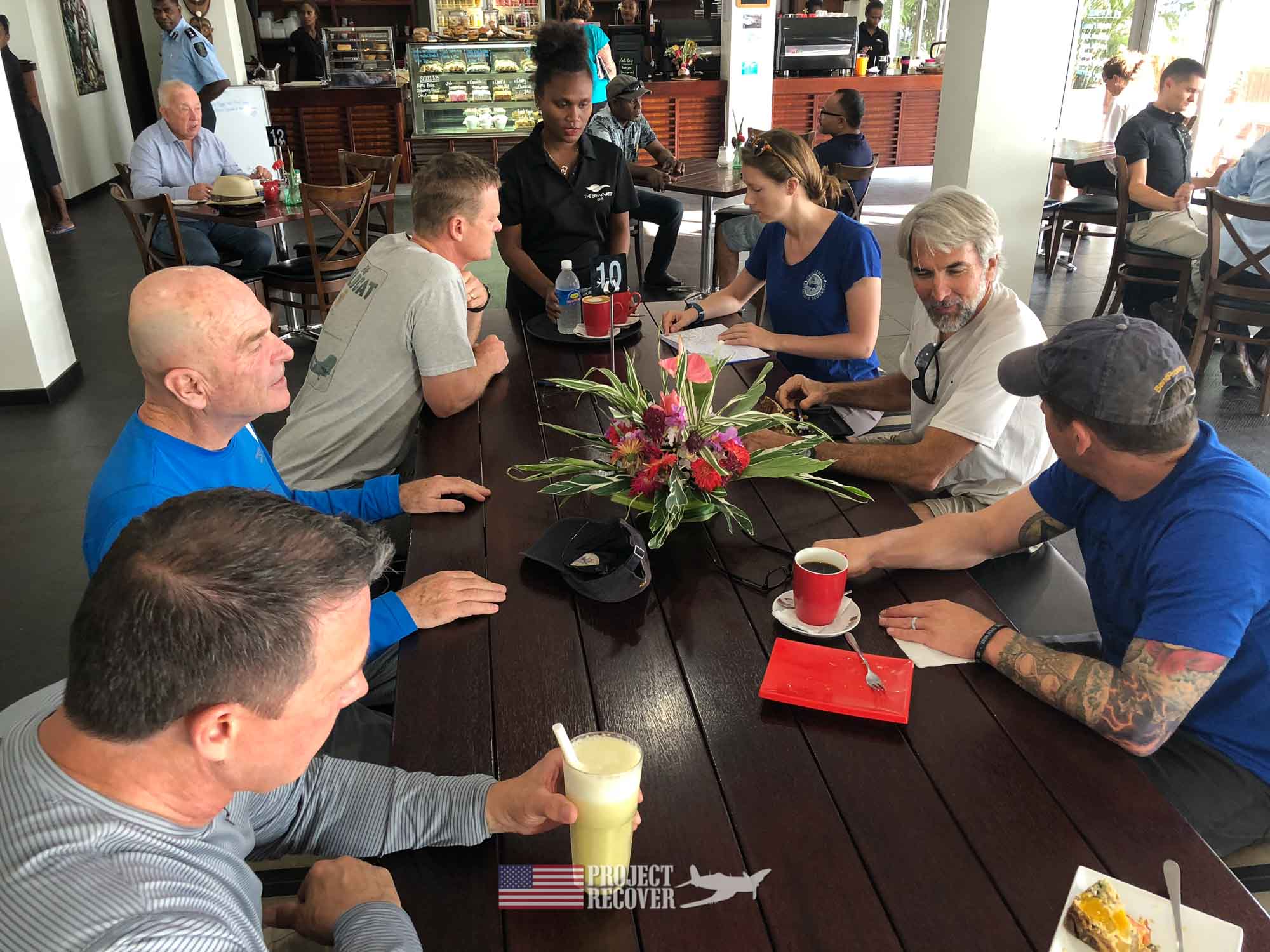
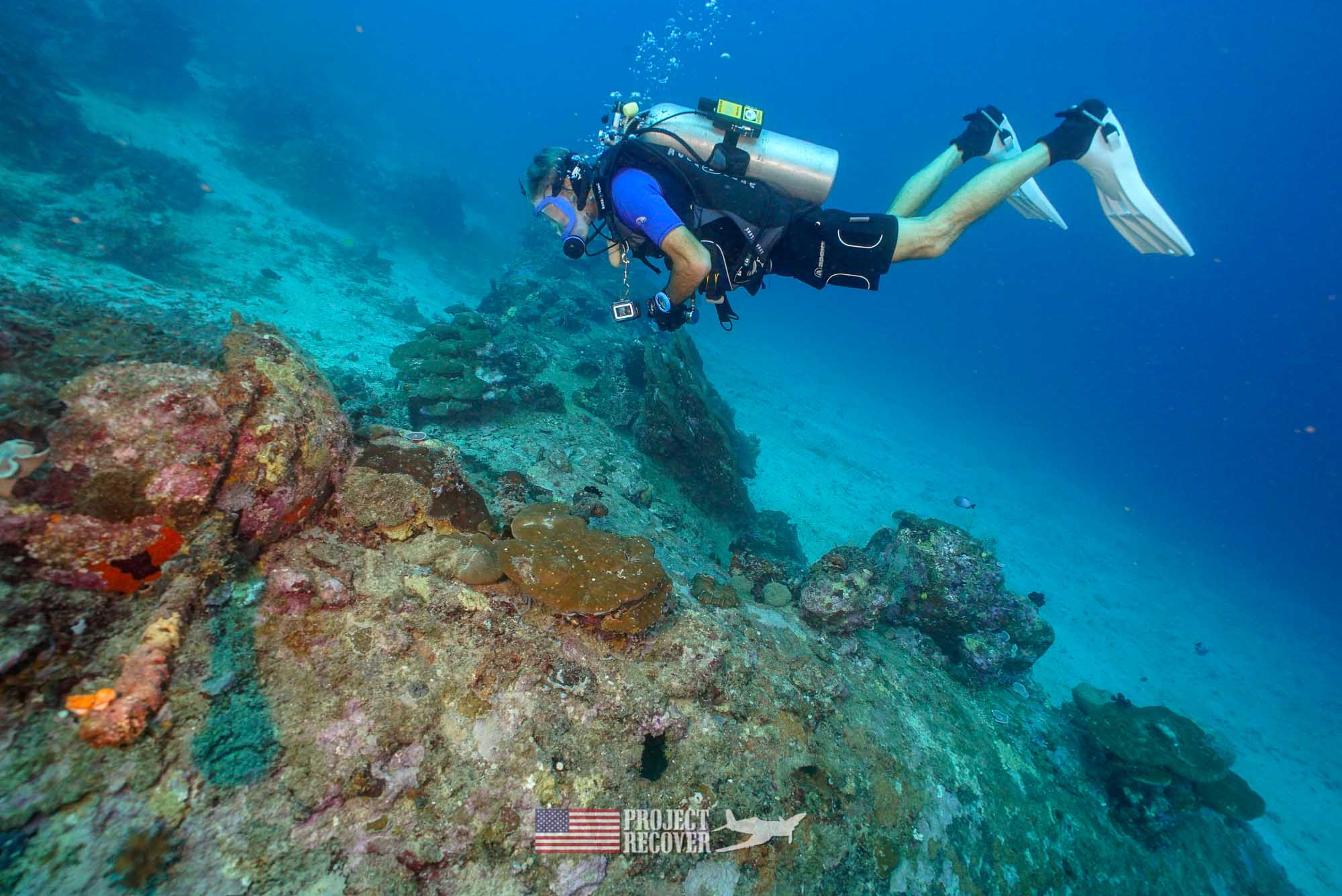
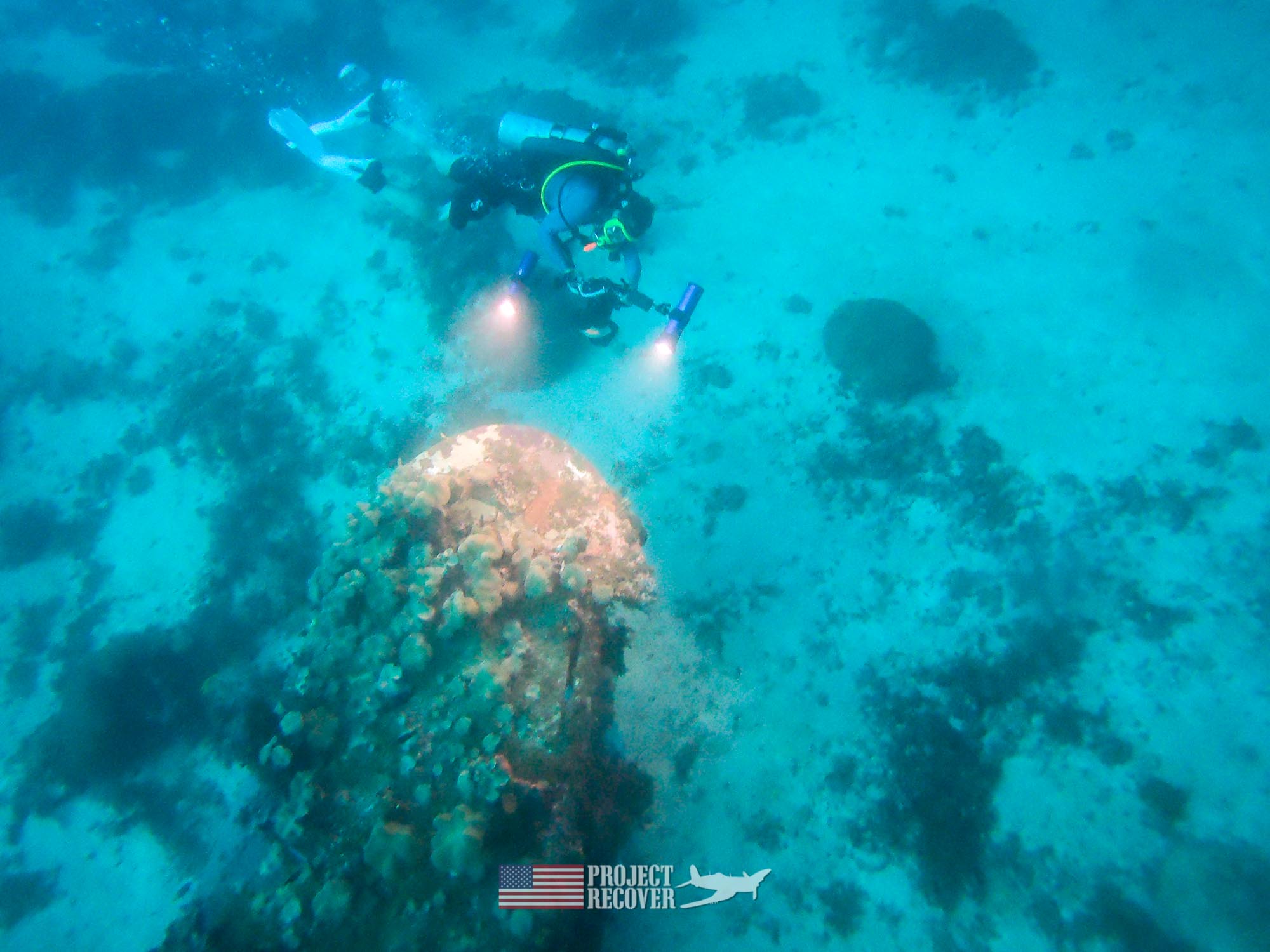
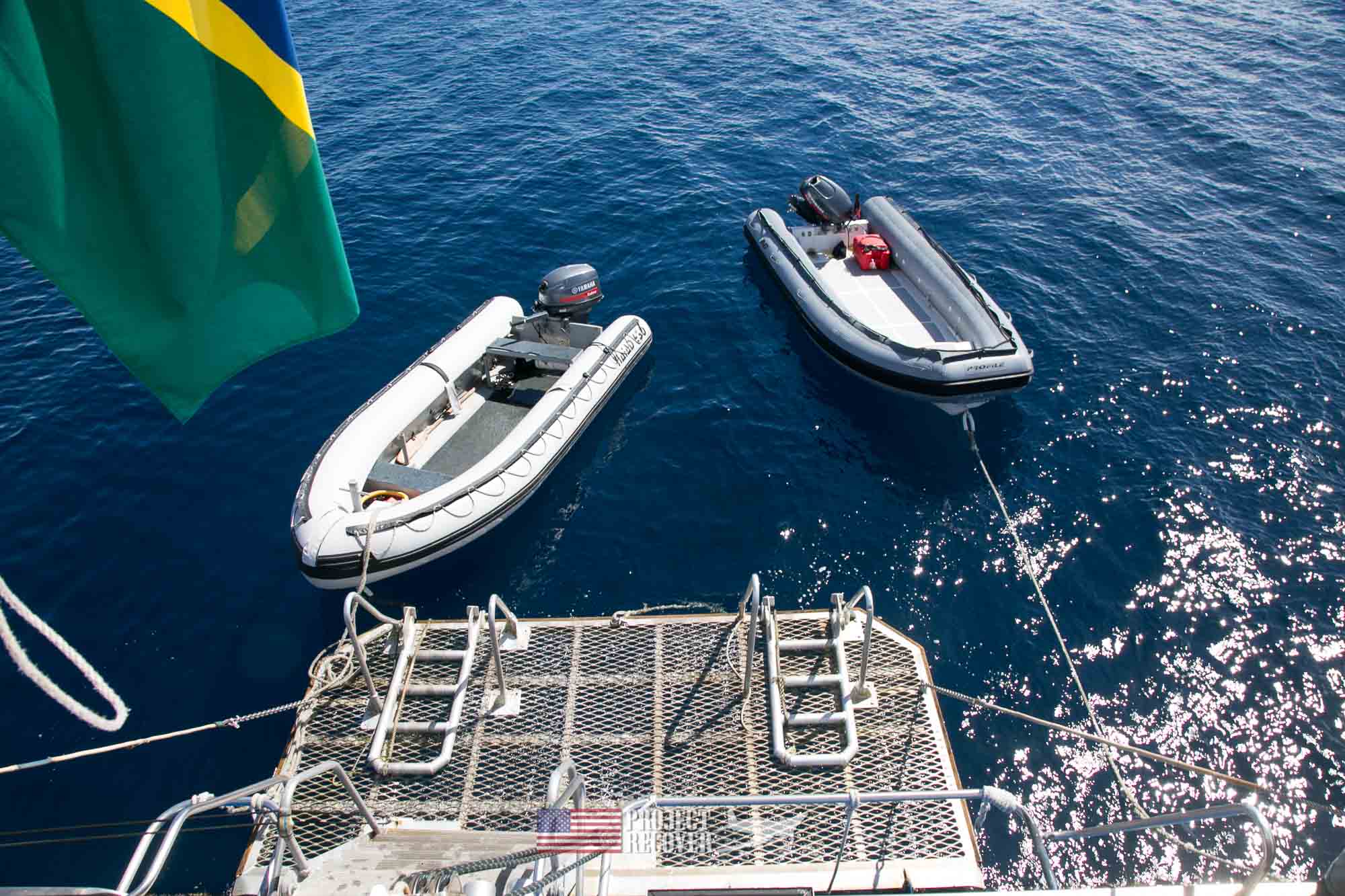
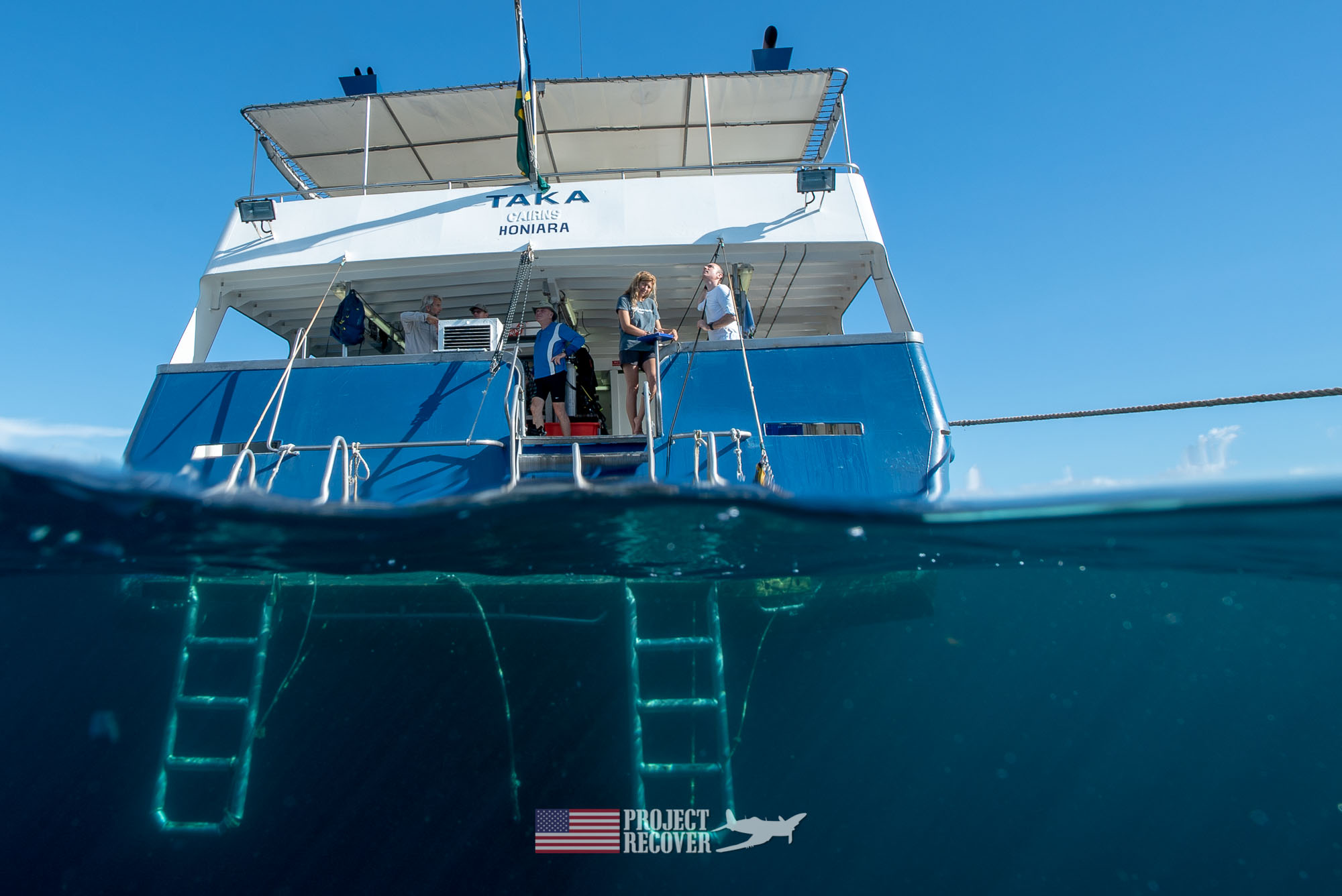
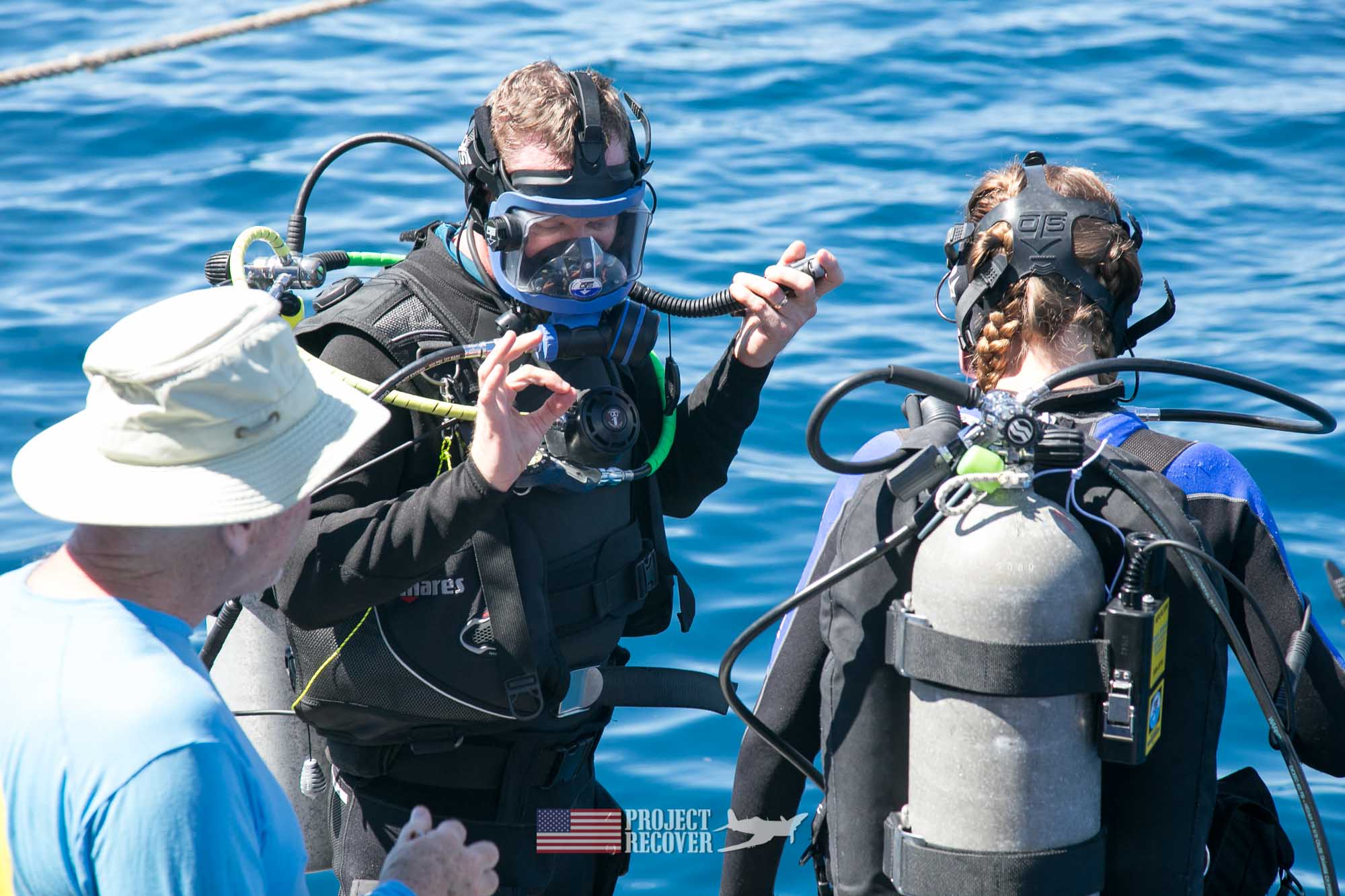
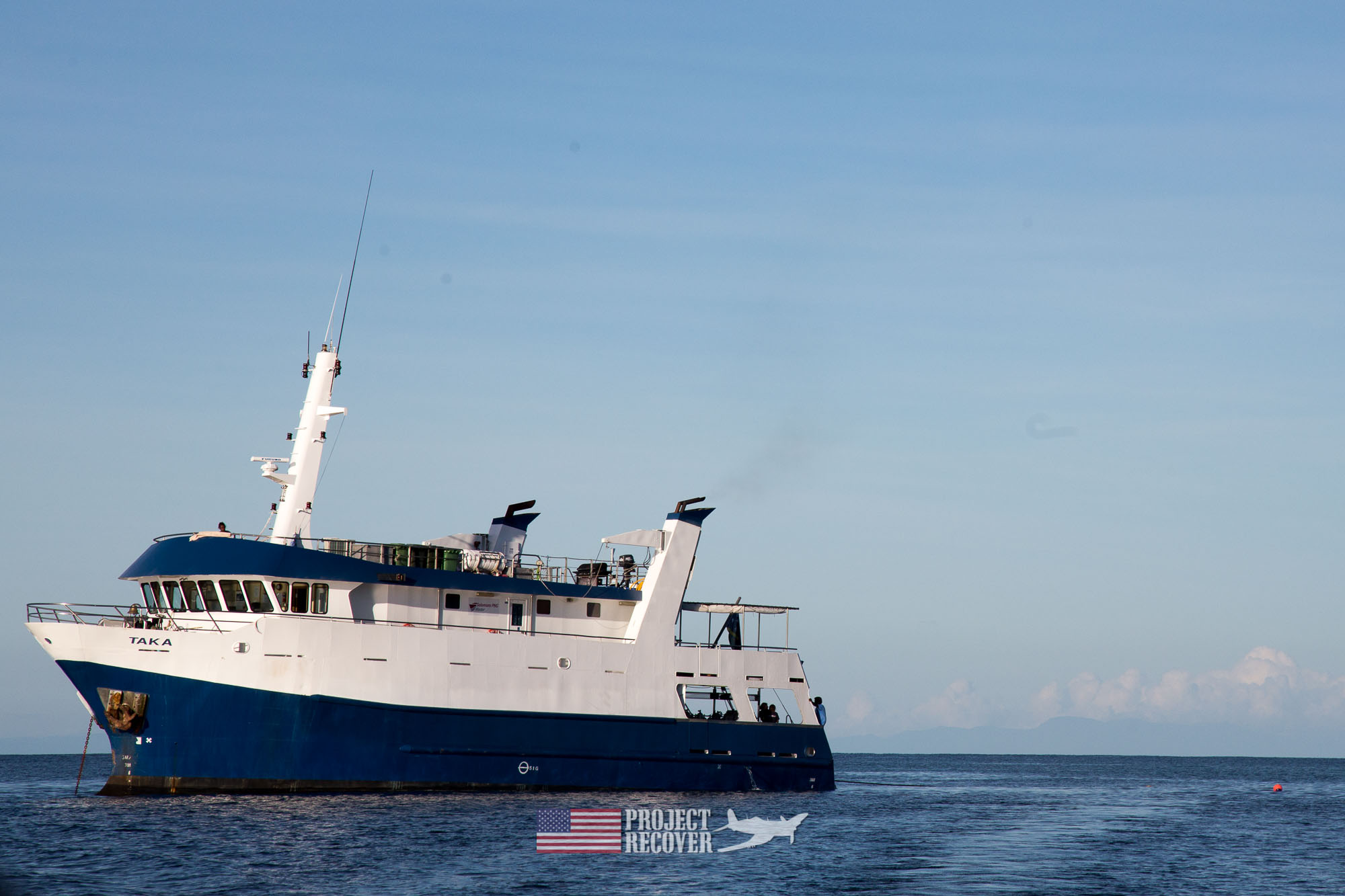
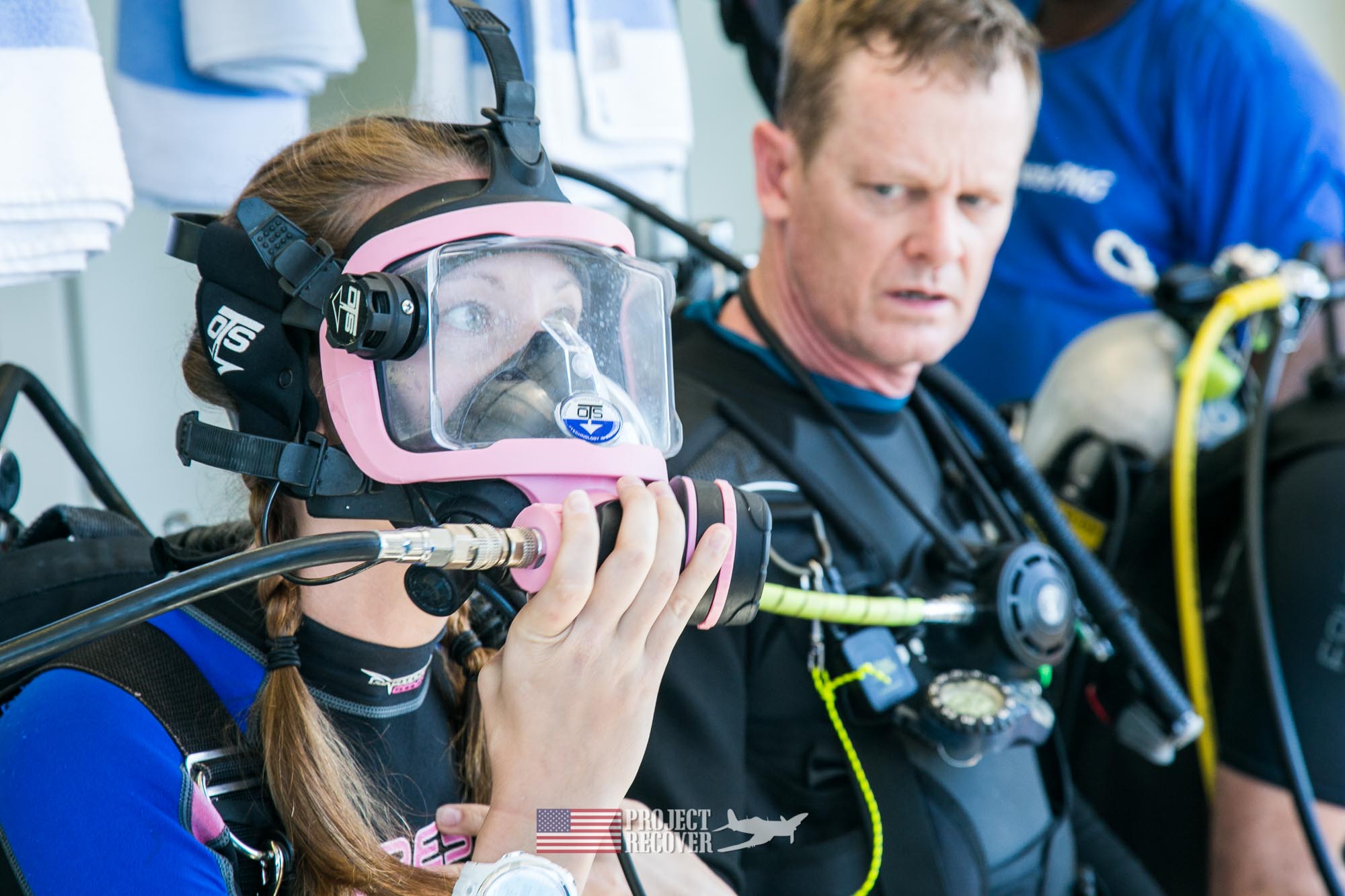
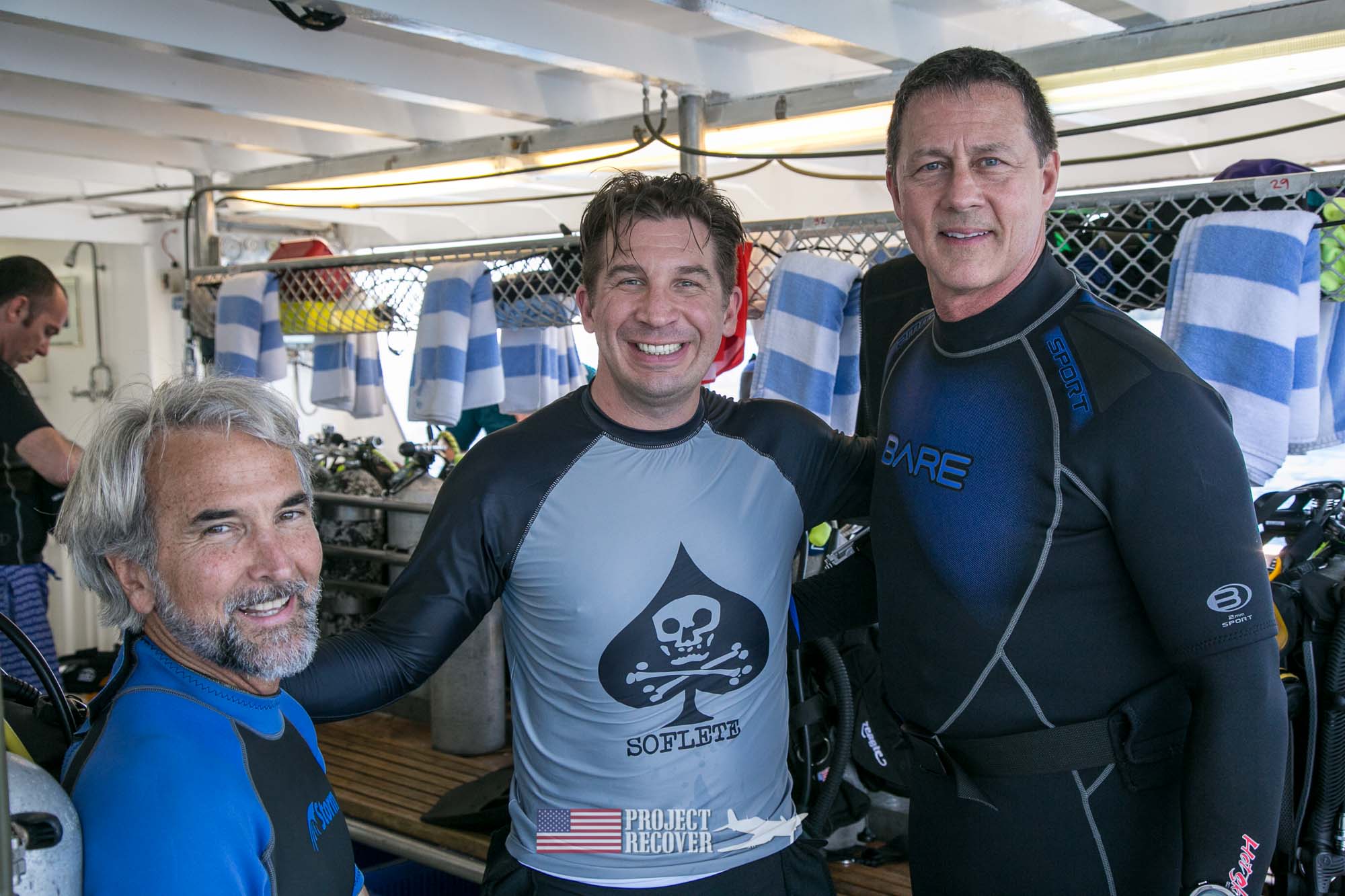
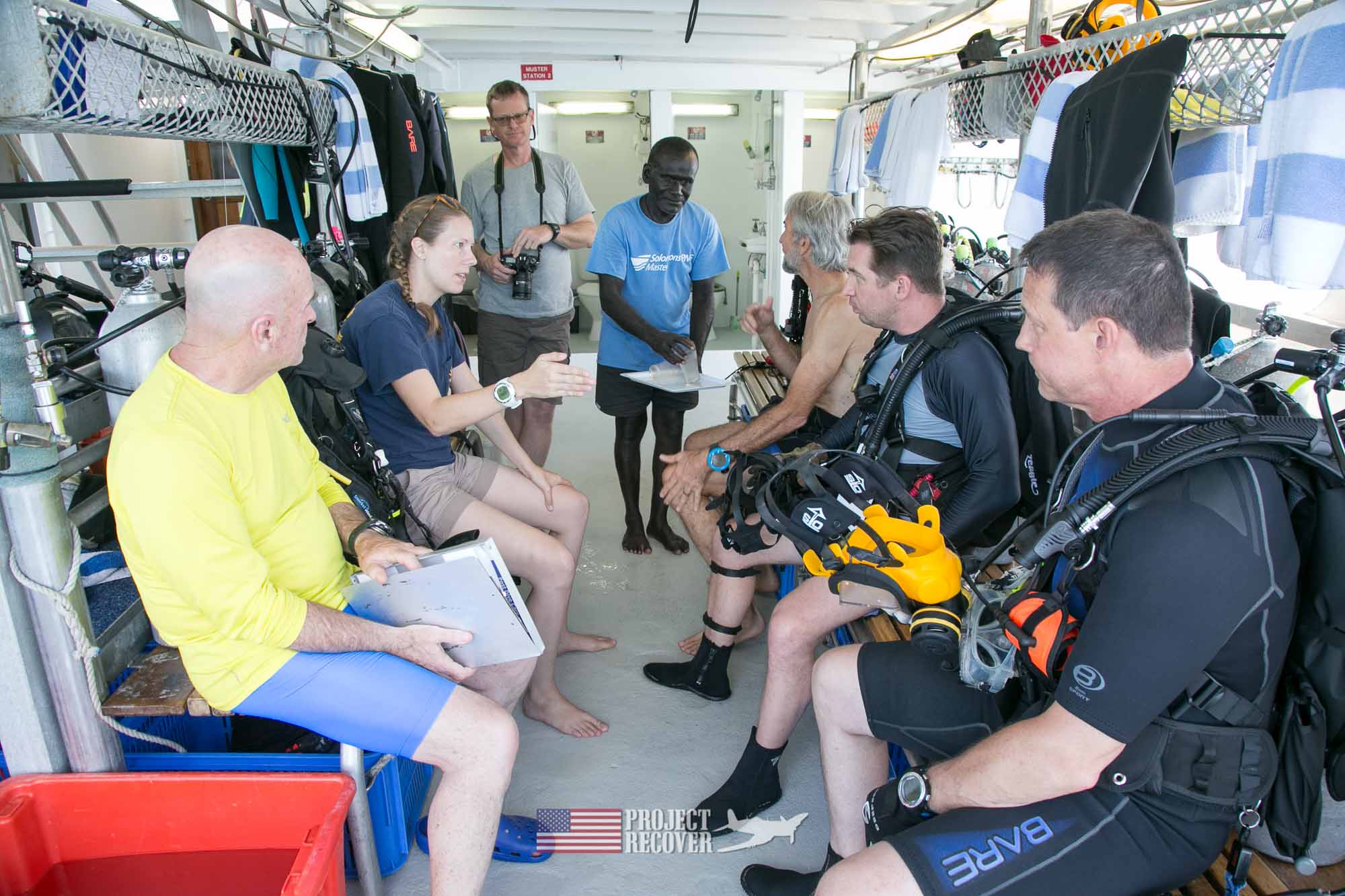
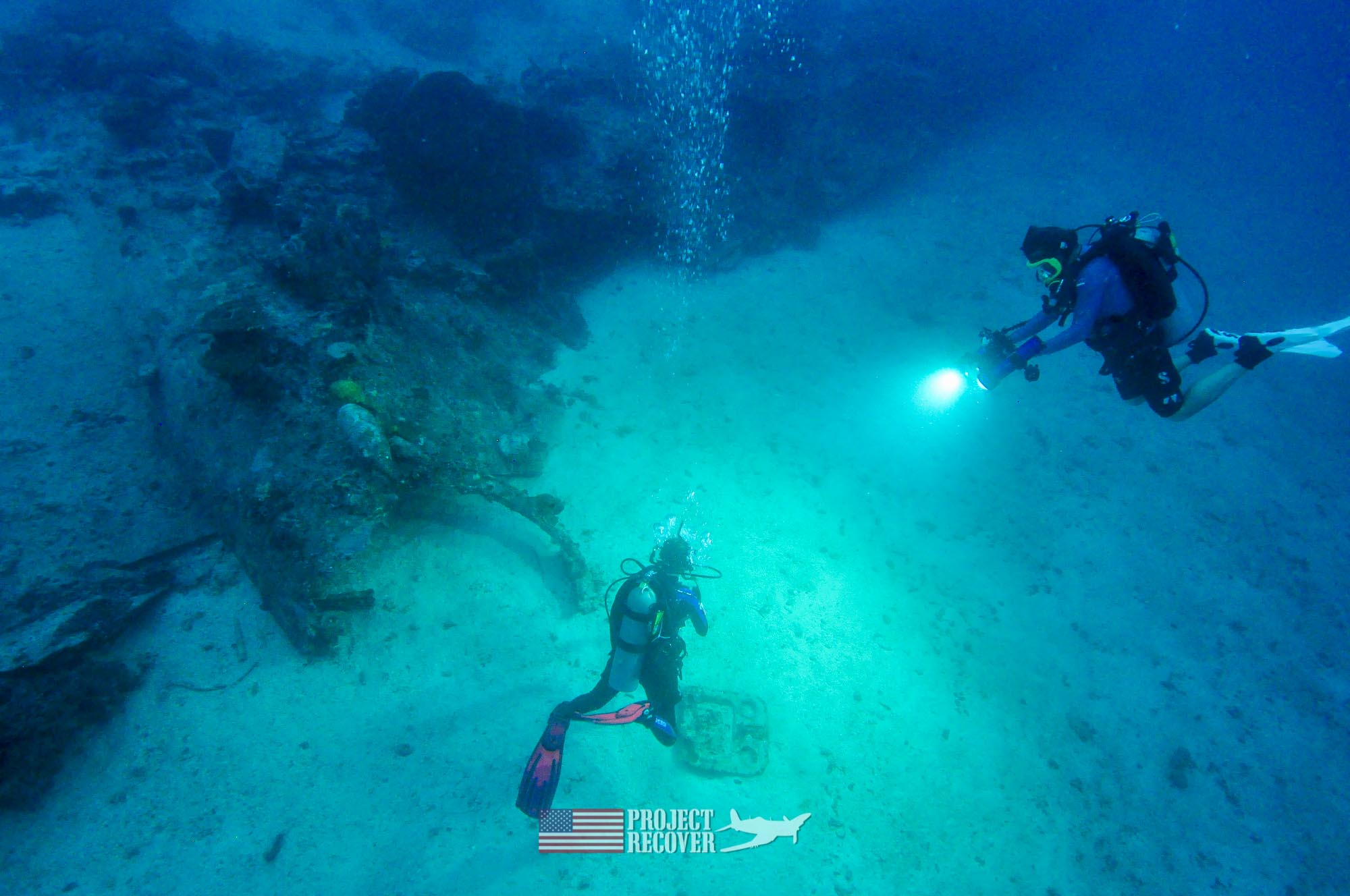
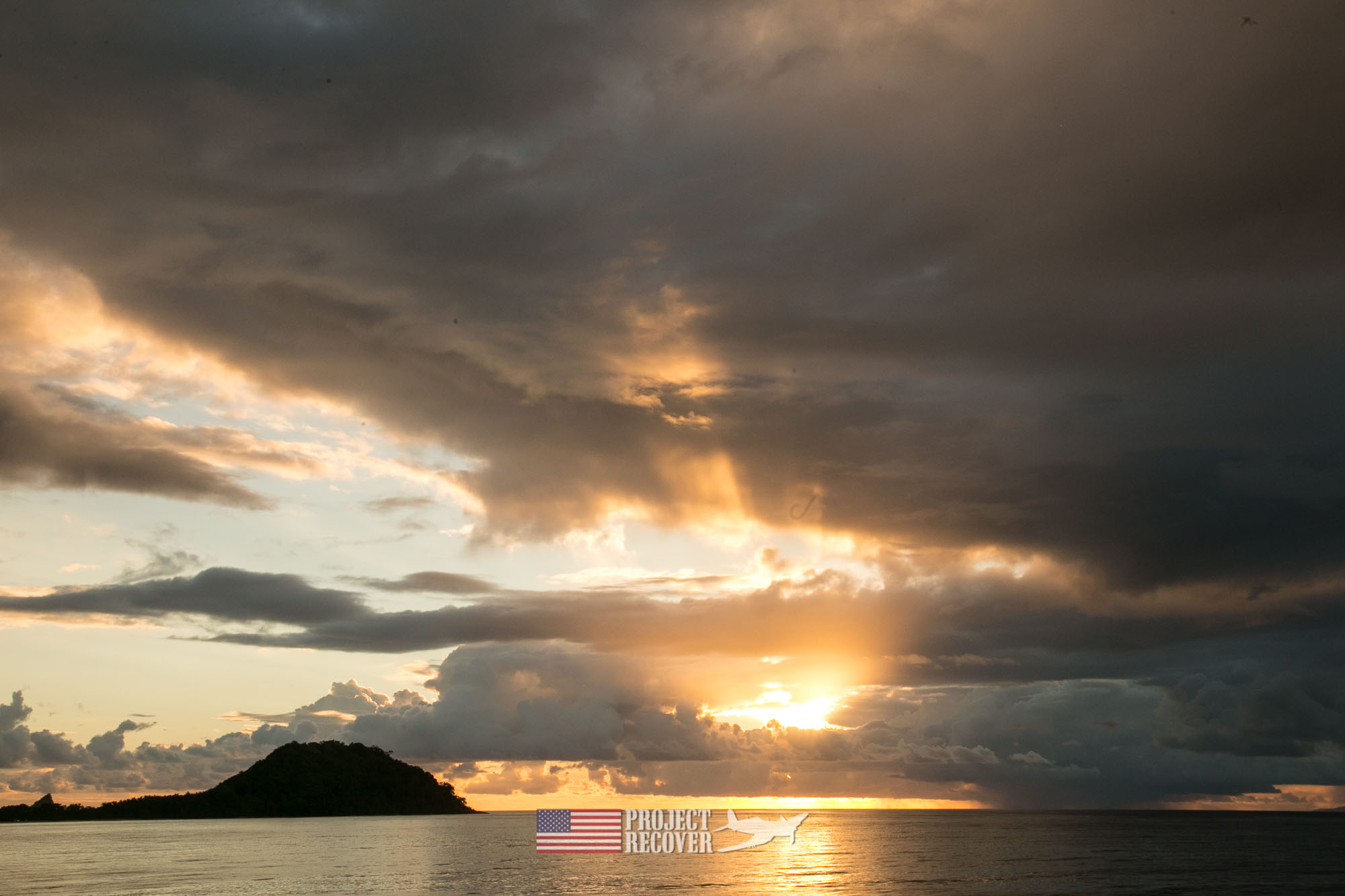
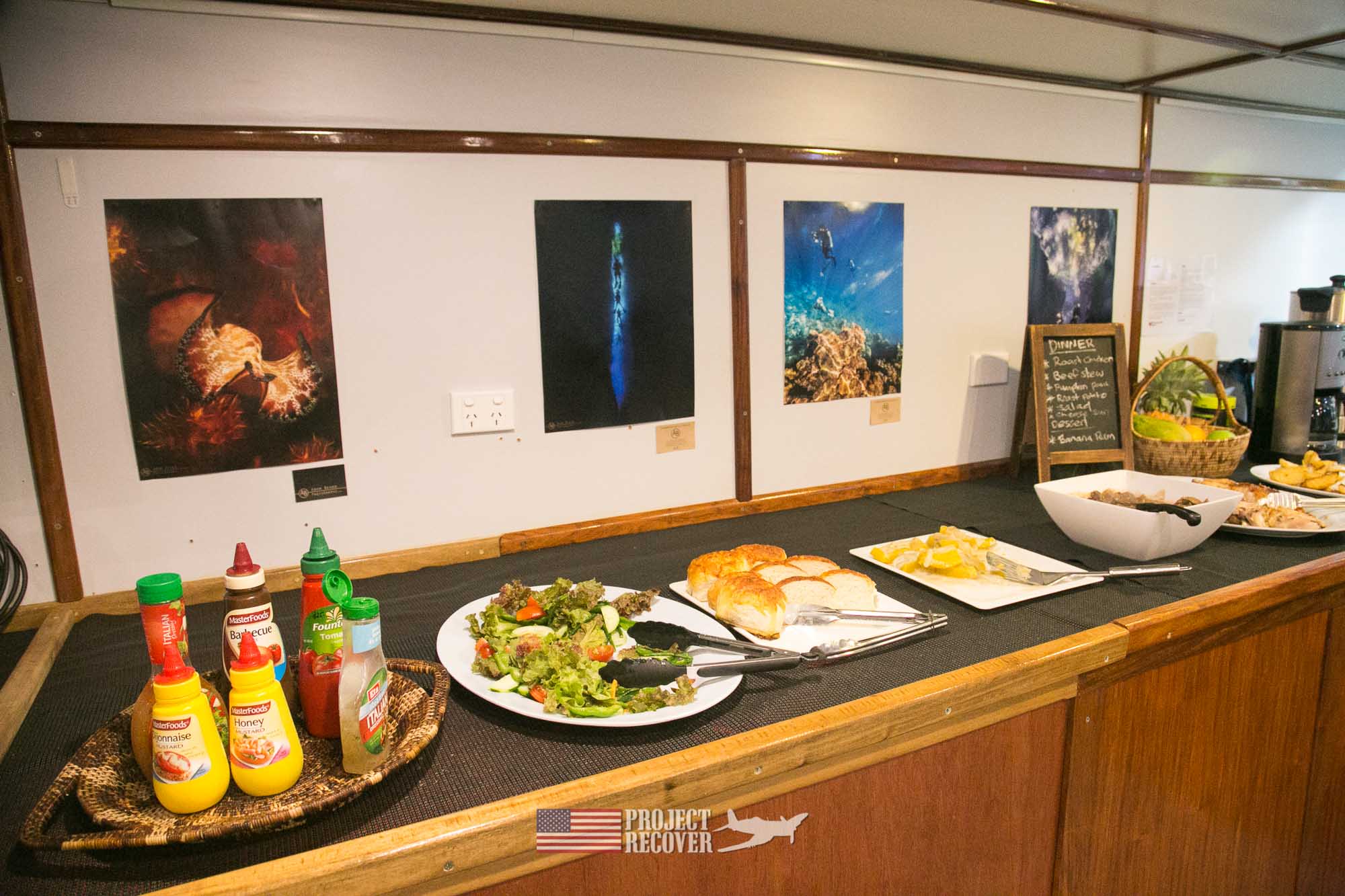
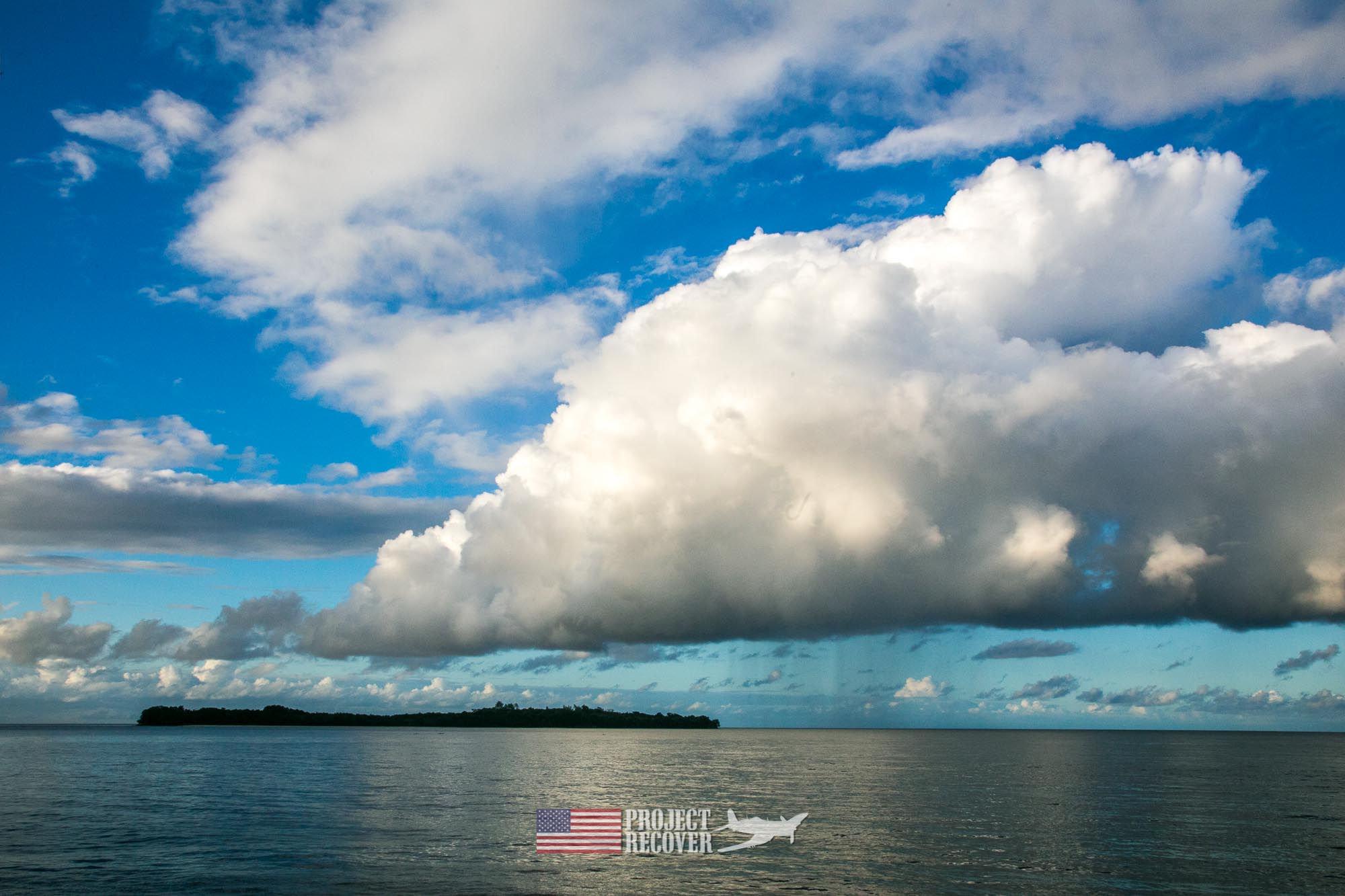
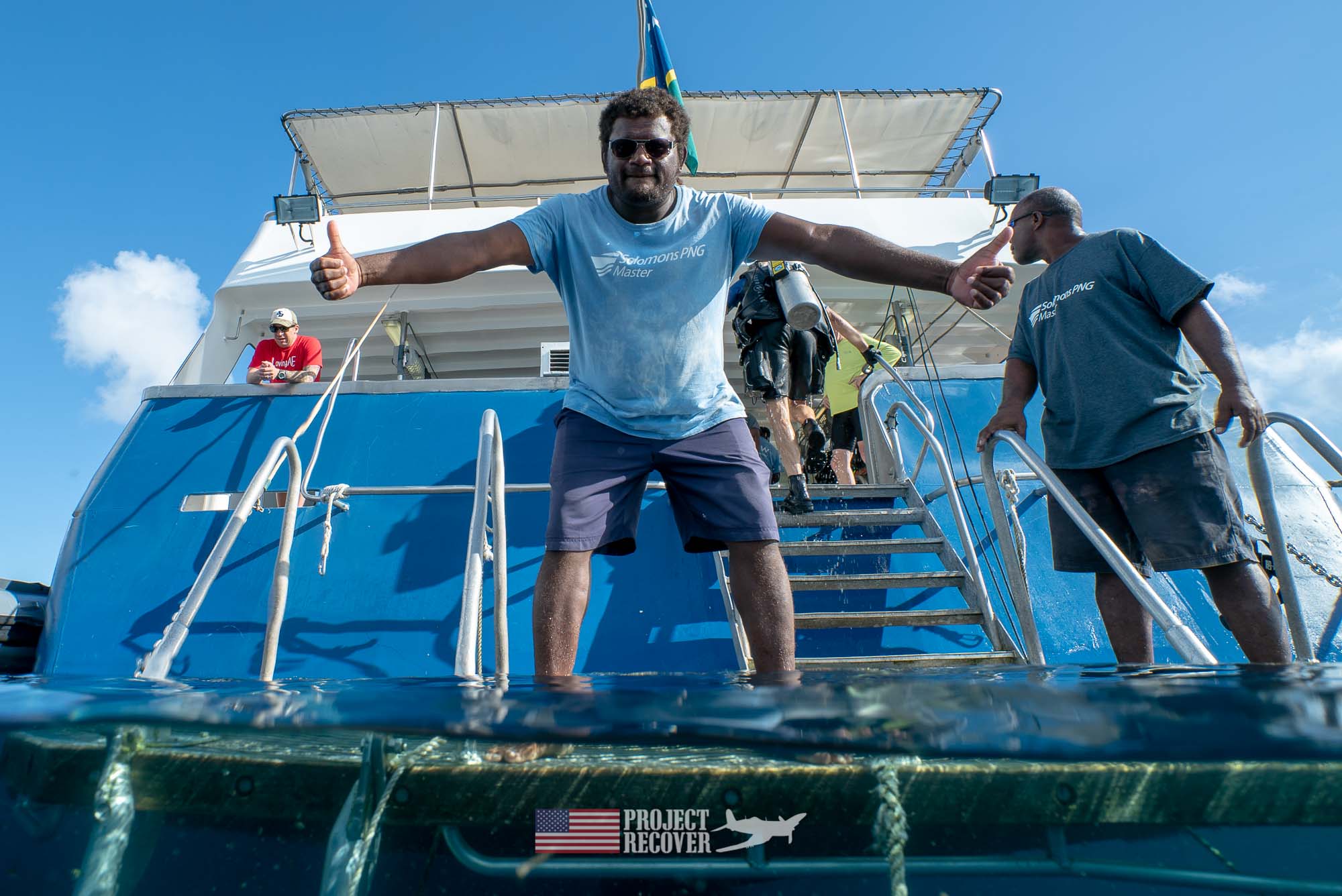
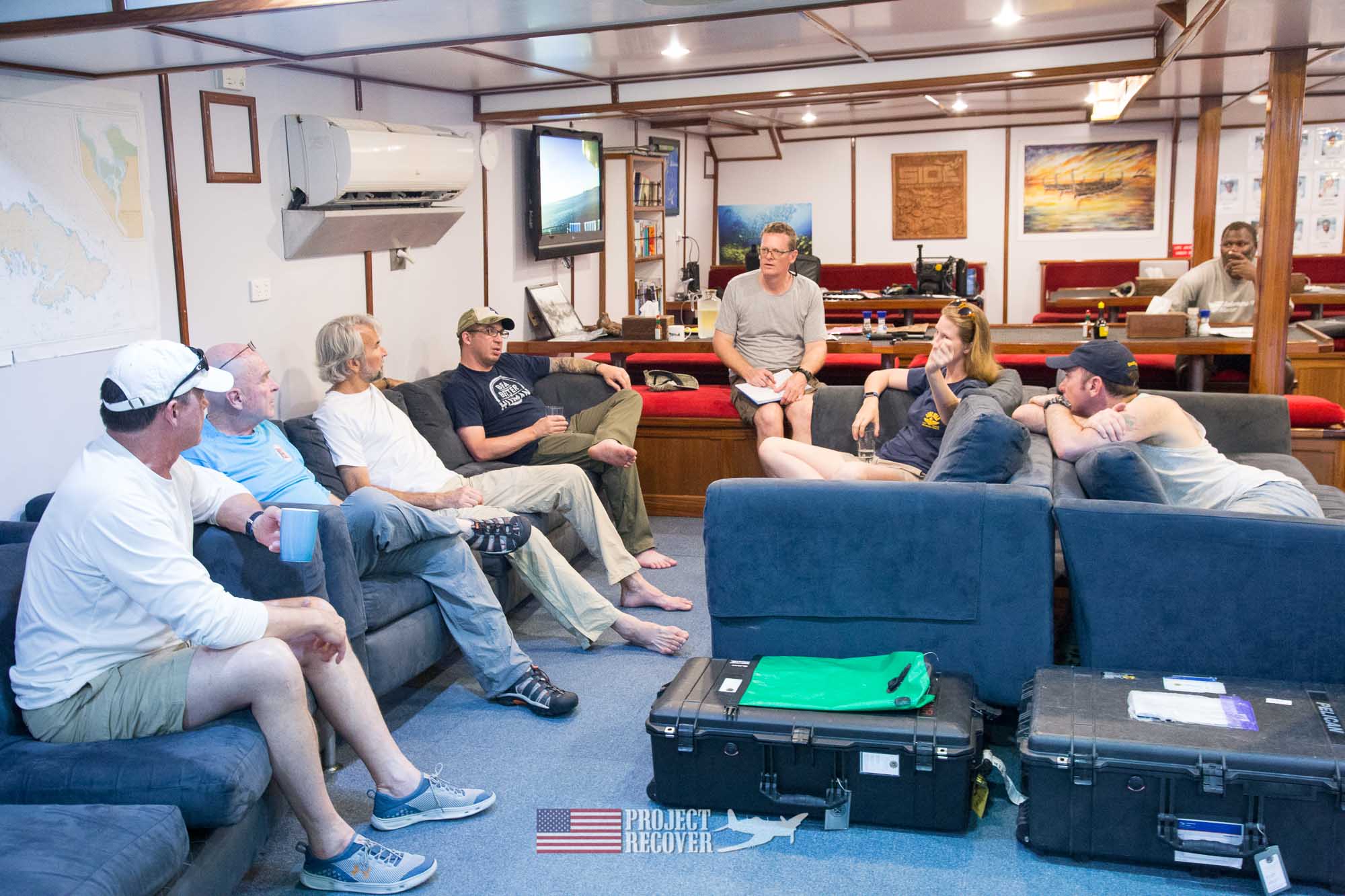
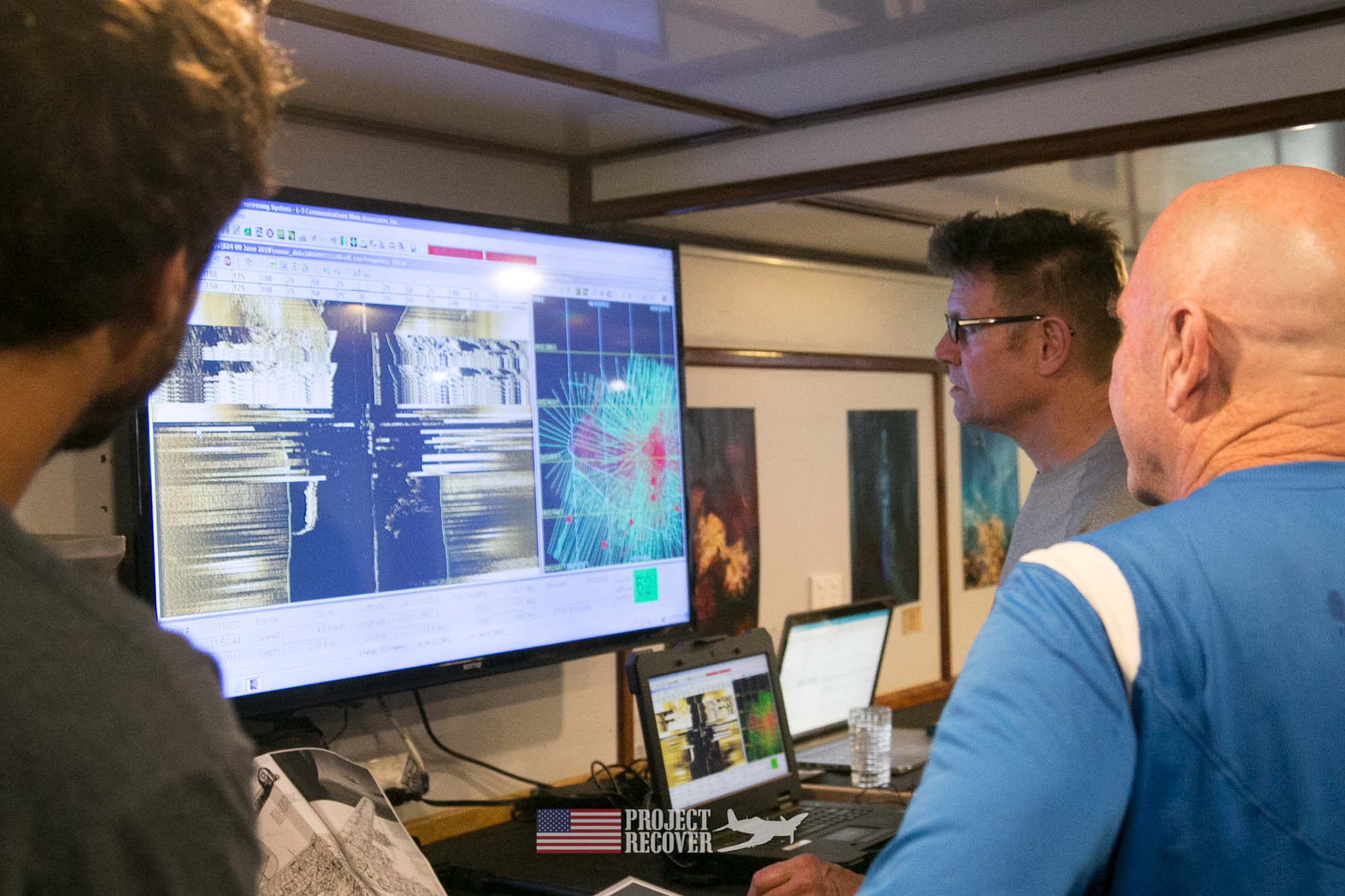
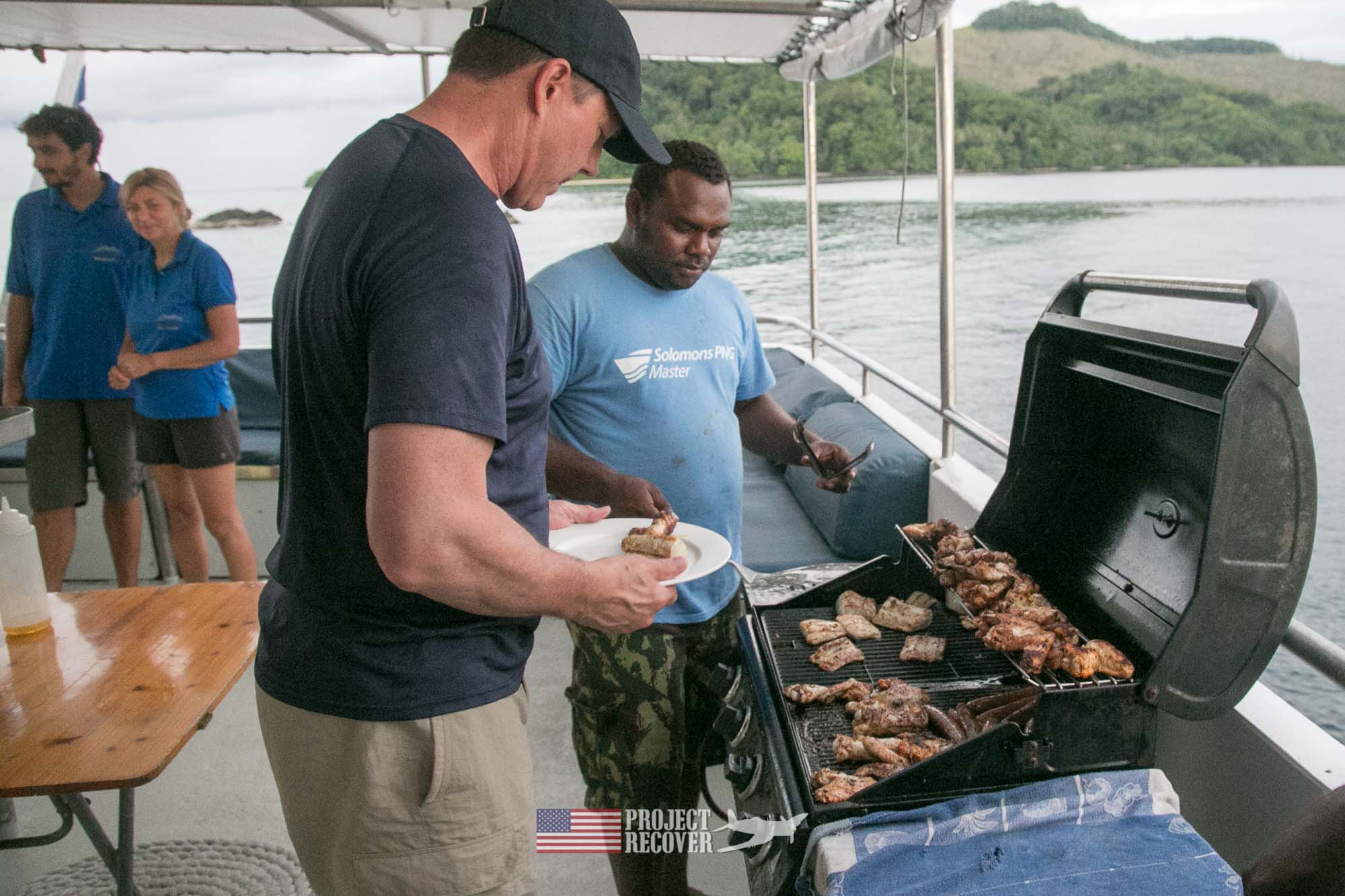

I see Ewan Stenson was there. What a gold mine he is!!
Yes, Ewan is truely a gem! a Pleasure working with him in Solomons.
My Dad was an SBD pilot whose primary target was Rabaul. He lost too many friends in the Solomon Islands. Your mission is important and impactful to many people. Thank you and may God bless you for what you are doing.
Thanks for sharing. A beautiful region of the World and such horrific fighting and loss.
It is a great work you’re doing. Please continue to know there are many of us that are appreciative of your efforts to locate those that were lost but not forgotten.
Thank you for letting us know you are one of those with an interest, it is appreciated.
This is great work you guys are doing. Would love to have been a part of this service. I appreciate the updates. Keep up the great work.
Thank you for the positive comments. Just in case your interested, https://www.projectrecover.org/apply/
I wanna go, I wanna go!!!
I am so in awe of what you do, and so jealous. You are preserving and discovering history, as well as getting these lost souls home. What a privilege!
Yes we consider it a privilege and honor to be involved in this MIA process.